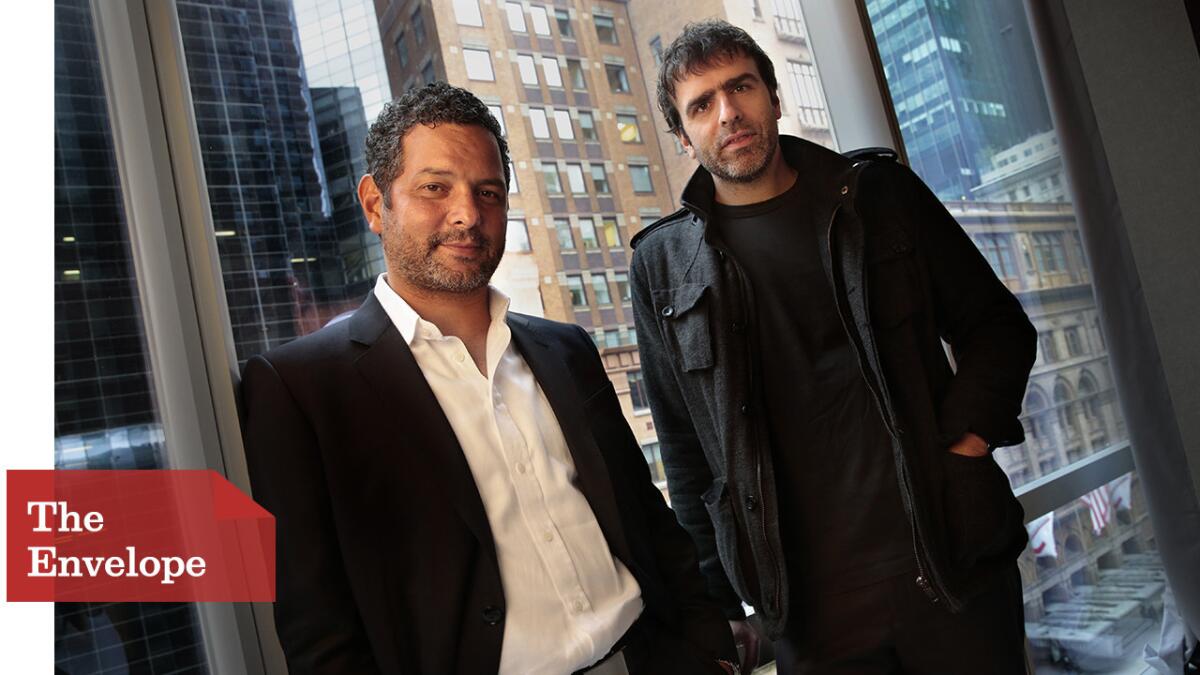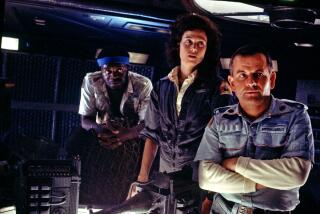âBirdmanâ screenwriters created tension within its one-shot narration

It all sort of started on a phone call like this:
Alejandro Iùårritu: I have an idea. I want to do a film in one long take.
Us: OK.
Alejandro: A film about the theater.
Us: Really?
Alejandro: A comedy.
Us: Who is this?
Roughly two years later, âBirdmanâ was born. There were myriad challenges in the writing of this screenplay (as inevitably there are with any script). The most daunting was dealing with the core principle of âone shotâ narration. Before the first words on paper, we knew that the film would be crafted as one uninterrupted shot. This created two separate issues. Firstly, how we might avoid predictable or, worse, vacuous, transitions. All those moments between the actual âscenesâ where not much is happening. Where the story isnât necessarily moving forward. Where there is no tension. Not to mention we were writing a comedy, a form that relies entirely on rhythm. The second, and more complex, issue was that with no cuts we knew that whatever we left on the page would inevitably end up on the screen.
Fortunately for us all, Alejandro decided to shoot almost the entire film in rehearsals on the set, and that allowed us to write the last draft while witnessing how the scenes were going to play out in very precise detail. We could see every move of the camera blocking designed by Alejandro and Chivo (the brilliant Emmanuel Lubezki), we could see the actorsâ exact positions, etc. So when the actual shooting finally began, the screenplay was almost 100% of what you see on the screen now.
In the end, as the old architectural adage goes, âform follows function,â and this was going to be a movie about Riggan Thomson, our harrowed protagonist. Riggan is at a crossroads when the story begins, a once famous actor forgotten by the public, harangued by his alter ego Birdman (the iconic superhero he once portrayed) and disrespected by his family and his peers. In the opening frame of the film, Riggan is meditating, trying his best to silence the voice of Birdman in his head, the voice that unrelentingly reminds him of his own mediocrity. In the last scene of the film, he may finally achieve that silence.
Everything in the middle was going to be a roller-coaster ride through the mind and soul of Riggan Thomson (and, by extension, the masterful Michael Keaton). Form follows function, and while the idea of making a film in which the audience doesnât see any cuts could conceivably sound like a contrivance, we feel certain that it would be absolutely impossible to tell this story in any other way. The camera feverishly and relentlessly follows Riggan through the story, allowing us to experience the situations he faces subjectively rather than objectively. We feel his pressure, his nerves, his adrenaline in a way that would be impossible if the story were manipulated through cuts and reaction shots.
Alejandro: Letâs make a dark comedy about an actor facing existential questions about life and art, and letâs do it in one long take.
Us: It sounds impossible.
Alejandro: It is.
Us: Weâre in.
More to Read
From the Oscars to the Emmys.
Get the Envelope newsletter for exclusive awards season coverage, behind-the-scenes stories from the Envelope podcast and columnist Glenn Whippâs must-read analysis.
You may occasionally receive promotional content from the Los Angeles Times.










